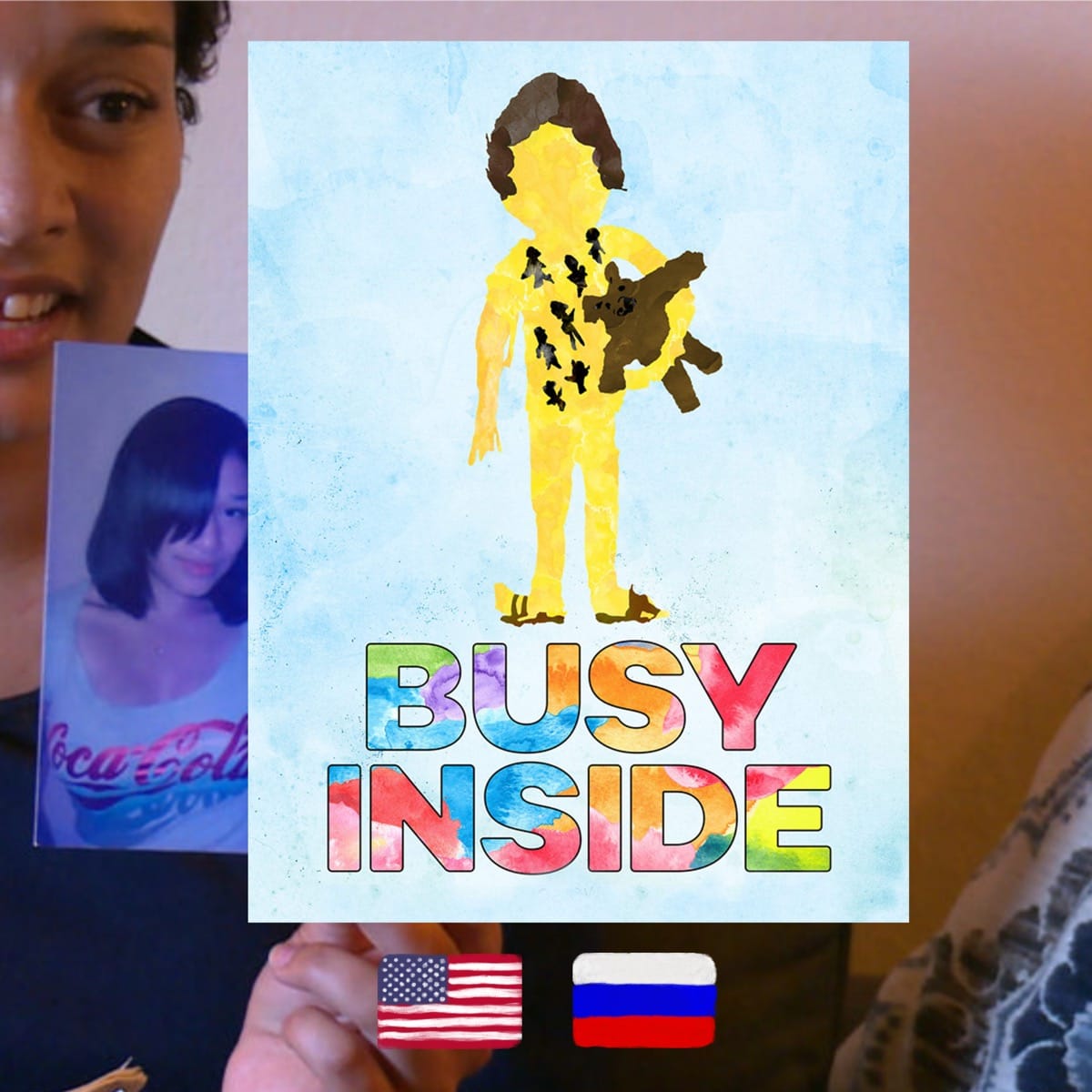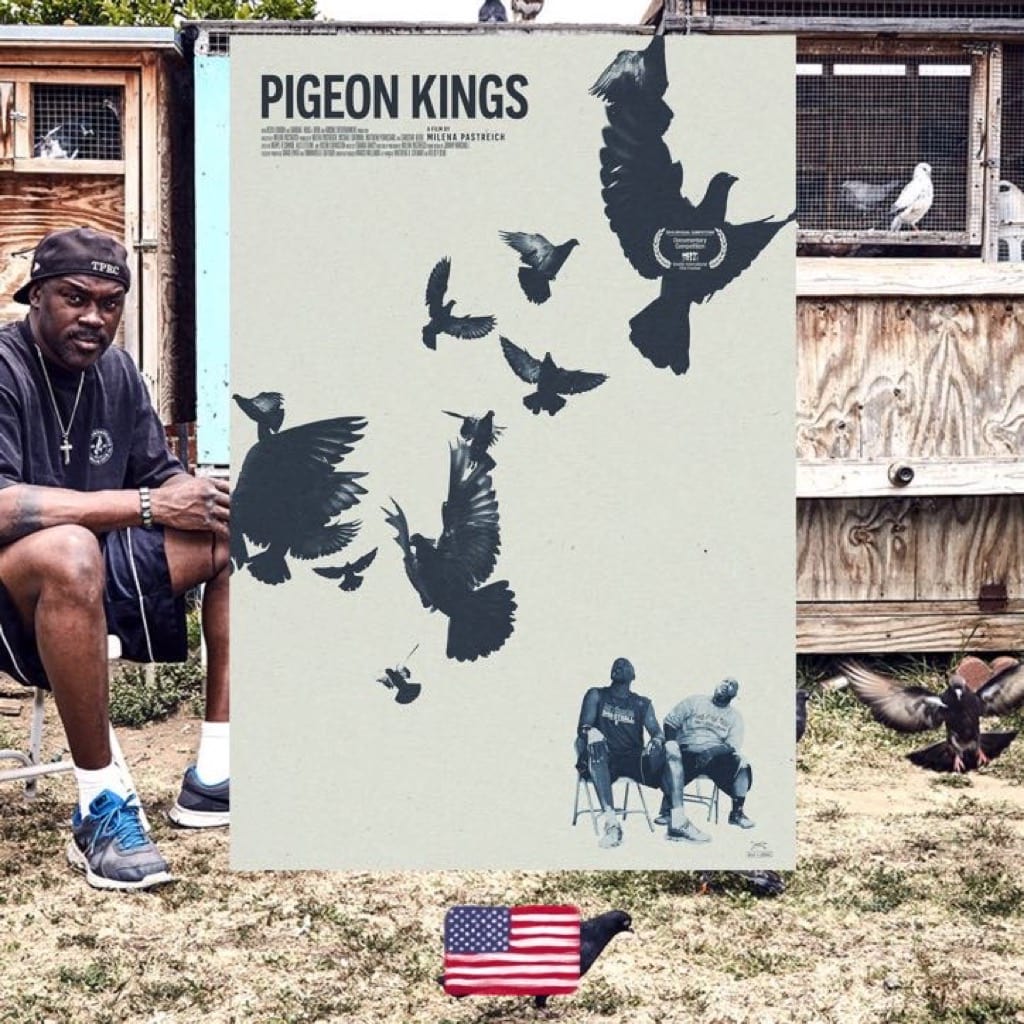The mindblowing documentary showcases Dissociative Identity Disorder through the eyes of vulnerable young woman Marshay, therapist Karen Marshall, herself juggling 17 personalities, and others



WHAT IT’S ABOUT: Marshay Smith is a young woman with an unusual health concern: she has Dissociative Identity Disorder—a reaction to severe childhood trauma that causes numerous personality states to coexist in one single human. As the coming of age and into herself barrages her with responsibilities, Marshay is trying to launch her career as a singer-songwriter, deal with her sister moving to a different city and try to live in the world as free of anxiety as possible. There’s more than enough on her plate as is—and Marshay’s various alters make her life even more complicated. The film follows Marshay as she attends sessions with Karen Marshall, a seasoned social worker and therapist working with DID. But what makes Karen’s understanding of the issue so nuanced and unique is that she had been living with DID for her whole life and has become an ace in controlling her disassociation to accommodate her professional and personal life. Allowing an intimate look into the lives of Marshay, Karen, and a couple of Karen’s other patients—as well as their alters—“Busy Inside” is an enlightening yet considerate film. It shows DID without sensationalizing it and instead focusing on how those living with DID can work around their diagnosis.
WHO MADE IT: Olga Lvoff is a Moscow-born filmmaker currently based in New York. Her previous film, “When People Die They Sing Songs,” was another searing and intimate documentary about a holocaust survivor succumbing to dementia. It was nominated for the Student Oscar and was shown at many festivals across the world. Lvoff initially became interested in Dissociative Identity Disorder after reading “The Minds of Billy Milligan” by Daniel Keyes, a fictionalized account of the condition. And then, as a true documentarian, she decided to find out what the implications of DID are in real life. She reached out to Karen Marshall, a social worker, and therapist who has been working with people dealing with dissociations caused by trauma for two decades. Initially, Lvoff was going to film Karen and the women in her group therapy, but upon meeting Marshay had to shift the narrative focus to this fascinating young woman willing to share her story.
Karen appears in the film alongside some of her alters—Rosalee, Three, One, Round Baby, Big Eyes, Sleepy, Screamer 1, Screamer 2, Timmie, and Ant, and they work together to explain their internal group dynamics. Karen’s wife, Tracy Alderman, a psychologist, and her ex, therapist Judi Schaim, both offer insights into living with someone affected by DID.
Marshay Smith appears in the film alongside her alters: the three Marshays—the One who Sings, the One who Dances, the One who Denies—and the two Little Ones—the One who Paints and the One who Jumps. Her mother, Terrie Lawson, and sister Jasmine Smith also make appearances. Marshay is an aspiring singer/songwriter, and you can check out her music on her YouTube channel, for instance, “Sore Thumb,” a hymn to not fitting in.
Sarah, Charlie, and Bonnie are the three women in Karen’s group therapy, all appearing under disguises.
Lvoff co-edited the film with her frequent collaborator Victor Ilyukhin: together, they’re known as Diplodocus Films. The executive producer, Joy A. Tomchin, is known for her work on such queer-centered documentaries as “How to Survive a Plague” and “The Death and Life of Marsha P. Johnson.”
WHY DO WE CARE: Dissociative Identity Disorder is a diagnosis that boggles the public imagination and keeps people intrigued. However, it is also explored very little, allowing for a caricature of DID to keep reappearing in popular culture. At the same time, the real implications of living with the disorder remain hidden from the public conscience. After all, who is going to head for a medical encyclopedia after watching a horror film where the villain switches between multiple personalities?
However, the truth isn’t as straightforward. Dissociative Identity Disorder is strongly linked to trauma, especially in early childhood. The majority of cases account for severe abuse, including sexual molestation, that the diagnosed had encountered in their formative years. A smaller percentage accounts for war-related experiences and complicated and painful medical procedures. Not a very good fit for Halloween slashers: but a perfect opportunity for an insightful, thoughtful documentary, and “Busy Inside” is that, and so much more.
What’s important is that while looking for the true essence of DID-life, “Busy Inside” doesn’t want to be smug to those who are ignorant about the issue either. It approaches DID with warmth and consideration, and yet with a scientific detachment, responding to the curiosity that naturally exists in the viewers in full. But it also shows the absolute necessity of observing the diagnosis through the lens of human agency. The affected are not cartoonish figures but real people with real disabilities who sometimes have to wrangle issues of utter complexity.
DID often remains opaque to the scientists and doctors, because like with many other mental health issues, but to a heightened degree, it exists outside of the scope of the accepted cultural norms. The disorder requires its own exact foundational set of rules and a reimagining of approach to a person, making the question of “holistic medicine” absolutely crucial. And not just the medicine: with DID, every aspect of life has to be reassessed and reimagined, and “Busy Inside” allows us to see precisely how.
WHY YOU NEED TO WATCH: An extraordinary chance to look into the challenging lives of people with DID, “Busy Inside,” is quite unmatched in that it allows us to hear what the participants’ alters have to say. And it becomes twice as impressive because some of the alters are much younger than the primary personality, and the way they mix the shared experience with a youthful sense of wonder is fascinating. As one of Karen’s alters reflects on the DID experience, she throws any existing notion of self one might have out of the window “When people say you should become one, it’s like, what does that mean? It doesn’t mean anything to us, just like for some people it doesn’t mean anything to be more than one.”
But “Busy Inside” goes further off the chart, as it explores the inadvertent, outward particularities of living with DID, which also defy everything we might know about things like consent. How does one have sex with a grown-up person who has DID when there is a chance that an underage alter might appear? Since Marshay is younger and still has to figure out dating for herself, it’s up to mature Karen to explain those things, alongside her wife, Tracy. They have everything worked out to the smallest details. When Lvoff smartly offers a brief appearance from Karen’s ex Judi, the viewer also gets to learn what Karen’s relationships were before everything in her identity was accounted for.
“Busy Inside” is a perfect portal into the world of DID because it explains the disorder and its foundations while also allowing us to understand how people who had been diagnosed and those surrounding them can live and thrive. DID may be misunderstood and misappropriated, but it remains at its core a severe issue that affects people after immeasurable suffering. It begs for an empathic, patient filmmaker, and DID patients willing to share their stories. “Busy Inside” is made with care, sympathy, and observational intelligence, but also in a way that allows for Marshay, Karen, and the rest of the DID ladies to narrate themselves, alongside the choruses of their alters. And while the initial impulse to watch might come from curiosity, it will be very easy to forget why you decided to see “Busy Inside” in the first place while allowing the personalities of the film, abundant and resplendent, enchant you. Karen, with the sea of calmness in which her alters patiently await their turn, and Marshay, who often retreats into a ball of anxiety but seeks to liberate herself through song, might be starkly different but are both unforgettable. And this is the much necessary step we need to take to alleviate the stigma that’s linked to DID: when the first association won’t be some sensationalized nonsense about serial killers with memory gaps, but Marshay’s gentle, heartrending singing.
The film will become available in the US later, but you can now stream it on Amazon UK, iTunes outside of the US, and select Russian streaming services.
Busy Inside, 2019
Director: Olga Lvoff
For more content like this sign up for our weekly newsletter
WATCH THE TRAILER















